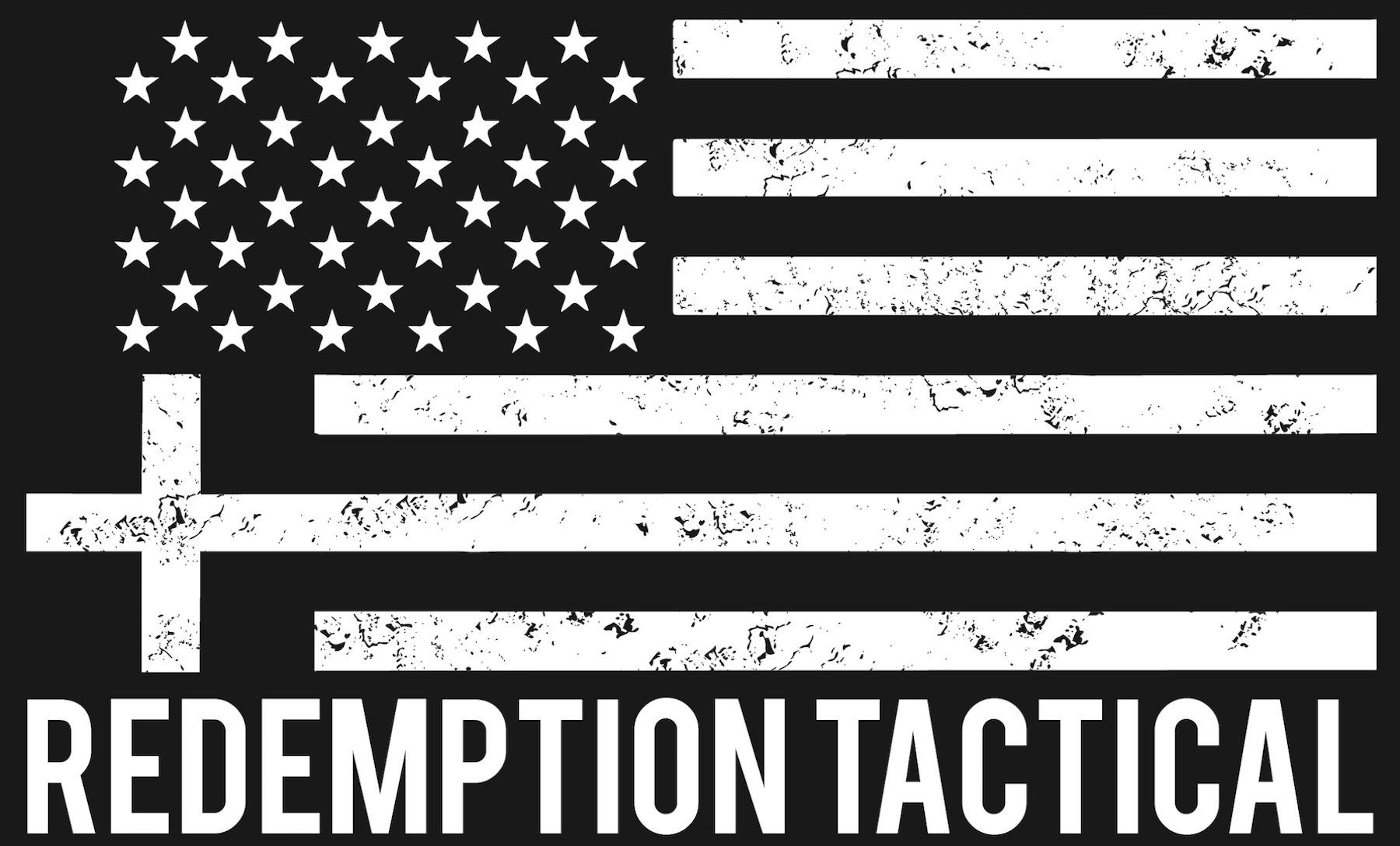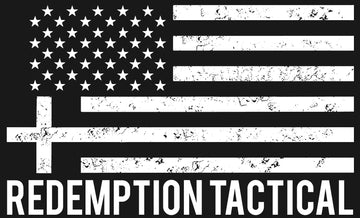In today’s dynamic landscape, plate carrier vests have become essential components of modern tactical gear. Unlike traditional bulletproof vests, plate carriers provide the flexibility to insert ballistic plates, offering enhanced protection against high-caliber rifle rounds and shrapnel.
Whether you're gearing up for a high-threat operation, building a load-bearing vest for tactical training, or simply exploring the differences between Level III and Level IV armor, understanding the features and benefits of tactical plate carriers is crucial.
This guide will walk you through the key aspects of choosing the right vest with plates, from fit and functionality to materials, modularity, and mission-specific configurations.
What is a Plate Carrier Vest?
A plate carrier vest is a form of body armor designed to hold ballistic plates capable of stopping rifle rounds and protecting vital organs. Unlike a soft armor vest, which typically defends against handgun threats, plate carriers allow users to insert Level III or Level IV armor plates—offering enhanced defense against high-velocity rounds.
These vests are more than just protective gear; they serve as modular tactical platforms used by military personnel, law enforcement, security contractors, and even civilians interested in self-defense or preparedness training. Plate carriers are especially popular in airsoft, fitness training, and search and rescue operations, thanks to their balance of mobility and protection.
Key Features of Plate Carrier Vests
A. Material and Durability
Most high-quality tactical plate carriers are offering a balance of durability and weight. These materials resist tearing, abrasions, and moisture, making them ideal for harsh environments. Some models include ripstop fabric for added strength in high-stress areas.
B. Ballistic Plate Compatibility
The primary function of a plate carrier is to carry hard armor plates. Common types include Level III plates and Level IV plates.
Carriers often support both front and back plates, with side plate pockets for 360-degree protection. Some also allow for soft armor inserts to supplement protection.
C. MOLLE System & Customization
Modern plate carriers feature MOLLE (Modular Lightweight Load-carrying Equipment) webbing. This system enables users to attach tactical gear such as magazine pouches, IFAKs (individual first aid kits), and hydration systems.
The ability to reconfigure your vest based on mission type makes MOLLE carriers the go-to choice for professionals and enthusiasts alike.
D. Adjustability and Fit
An optimal fit is essential for performance and safety. Plate carriers feature adjustable shoulder straps, Velcro cummerbunds, and quick-release mechanisms for fast removal. Use a plate carrier sizing chart to ensure correct fit—too tight restricts movement, too loose compromises protection.
E. Comfort & Padding
Some carriers come with padded shoulder straps, breathable mesh interiors, and ventilation channels. This enhances comfort and airflow, especially during warm-weather operations or CrossFit-style workouts.
Benefits of Using Plate Carrier Vests
A. Enhanced Protection
The main advantage of using a ballistic plate carrier is the superior protection it offers. While soft armor can stop pistol rounds, only hard armor plates protect against rifle fire. In high-risk situations, having Level IV body armor can mean the difference between life and death.
B. Modularity & Load Distribution
A plate carrier isn’t just armor—it’s a load-bearing vest system. With MOLLE integration, users can balance their loadout for optimal access and weight distribution. This reduces physical strain, increases endurance, and boosts agility—critical factors during operations.
C. Operational Versatility
Whether you're a tactical operator, first responder, or civilian preparing for emergencies, a plate carrier offers the versatility to meet your needs.
The ability to add or remove gear on demand allows you to adapt quickly. This modularity is also why these vests are used in everything from combat missions to fitness training regimens.
Types of Plate Carrier Vests
A. Standard Plate Carriers
These are the most common type, designed for balance between protection, modularity, and comfort. They support front, back, and side armor plates and include multiple MOLLE panels for gear configuration.
B. Lightweight Plate Carriers
These are designed with minimal materials to reduce weight and enhance speed. Ideal for airsoft players, athletes, or missions where mobility is critical. They often support only front and back plates and have limited MOLLE space.
C. Covert Plate Carriers
Designed for concealment, these slim-profile vests can be worn under clothing. They favor soft armor plates or low-profile Level III inserts.
D. Hybrid Plate Carriers
Combining the best of both worlds, hybrid models offer lightweight construction with key modular features. They're suitable for users who want adaptability without sacrificing too much protection or speed.
How to Choose the Right Plate Carrier Vest?
Choosing the right plate carrier vest depends on your mission, threat level, and body type. Start by assessing the level of protection needed:
-
Level III plates are sufficient for most civilian and police applications.
-
Level IV plates are recommended for military or high-threat scenarios.
Fit is critical. Use a plate carrier sizing chart and consider torso length, plate shape, and how it feels during movement. A poor fit can limit mobility or leave vital areas exposed.
Customization is another factor. Do you need room for magazine pouches, comms gear, or hydration packs? Then a MOLLE-compatible plate carrier is essential. If concealment is your goal, opt for a covert vest.
Finally, weigh your budget against your needs. High-quality body armor vests are an investment in your safety, so it’s better to spend a bit more on durability and protection.
Maintenance and Care Tips
Proper maintenance ensures your tactical plate carrier remains effective and safe. Start by regularly checking all Velcro straps, seams, buckles, and stitching. Damage to these components can compromise your vest's performance.
For cleaning, use mild soap with cold water and hand wash only. Avoid bleach or harsh detergents. Never machine wash or dry your vest or plates, as it may damage the fabric and reduce plate integrity.
Store your carrier in a cool, dry environment and away from direct sunlight or heat sources. Avoid stacking heavy objects on top of the vest, as this can deform the ballistic plates.
Conclusion
Understanding features like MOLLE configuration, ballistic plate ratings, and proper fit allows you to make an informed decision that aligns with your goals—whether that’s personal defense, duty use, or fitness. By choosing wisely and maintaining your gear, a quality tactical plate carrier becomes more than just armor—it becomes an extension of your mission.
Redemption Tactical brings you expertly designed tactical gear that deliver top-tier performance without premium cost. Explore high-quality gear at affordable prices that won’t slow you down.
Visit us and shop now!
FAQs (Frequently Asked Questions)
Q: What is the difference between a plate carrier and a bulletproof vest?
A plate carrier vest holds hard armor plates designed to stop rifle rounds. In contrast, a bulletproof vest typically uses soft armor, effective against handguns but not high-velocity projectiles.
Q: Can civilians wear plate carriers?
Yes. Mostly U.S. states, civilians can legally purchase and wear body armor vests, including plate carriers, as long as they’re not convicted felons. Check local laws for specific regulations.
Q: How much does a plate carrier weigh?
A typical tactical vest with plates weighs between 15 to 30 pounds, depending on the type of armor used (Level III or IV) and any additional gear attached.
Q: Which level armor plate should I choose?
Level III plates: Stops standard rifle rounds 7.62x39mm. Level IV plates: Stops armor-piercing rounds. Choose based on your environment and the weight you can carry.
Q: Is MOLLE necessary on a plate carrier?
If you plan to carry any gear—magazines, medical kits, or tools—then yes, MOLLE compatibility is essential. It offers the flexibility to attach and rearrange equipment for mission-specific loadouts.
Q: Can I use a plate carrier for fitness or CrossFit?
Absolutely. Many athletes wear lightweight plate carriers with training plates for functional fitness routines, such as Murph. These vests simulate the weight and restriction of combat gear to increase workout intensity.






